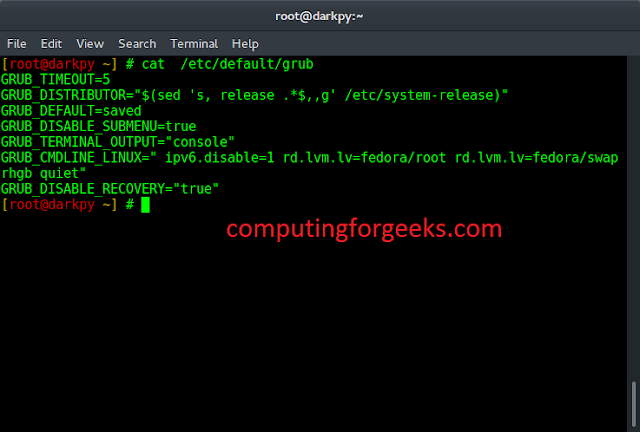In numpy, arrays may have a data-types containing fields, analogous to columns in a spreadsheet. An example is [(a, int), (b, float)], where each entry in the array is a pair of (int, float). Normally, these attributes are accessed using dictionary lookups such as arr['a'] and arr['b']. Record arrays allow the fields to be accessed as members of the array, using arr.a and arr.b.
numpy.recarray.ptp() function returns Peak to peak (maximum – minimum) value along a given axis.
Syntax :
numpy.recarray.ptp(axis=None, out=None)Parameters:
axis : [int, optional] Axis along which to find the peaks. By default, flatten the array.
out : [ndarray, optional] A location into which the result is stored.
-> If provided, it must have a shape that the inputs broadcast to.
-> If not provided or None, a freshly-allocated array is returned.Return : [ndarray] A new array holding the result, unless out was specified, in which case a reference to out is returned.
Code #1 :
# Python program explaining # numpy.recarray.ptp() method # importing numpy as geek import numpy as geek # creating input array with 2 different field in_arr = geek.array([[(5.0, 2), (3.0, -4), (6.0, 9)], [(9.0, 1), (5.0, 4), (-12.0, -7)]], dtype =[('a', float), ('b', int)]) print ("Input array : ", in_arr) # convert it to a record array, # using arr.view(np.recarray) rec_arr = in_arr.view(geek.recarray) print("Record array of float: ", rec_arr.a) print("Record array of int: ", rec_arr.b) # applying recarray.ptp methods # to float record array along axis 1 out_arr = rec_arr.a.ptp( axis = 1) print ("Output range array of float along axis 1: ", out_arr) # applying recarray.ptp methods # to float record array along axis 0 out_arr = rec_arr.a.ptp( axis = 0) print ("Output range array of float along axis 0: ", out_arr) # applying recarray.ptp methods # to float record array along -1 axis out_arr = rec_arr.a.ptp( axis = -1) print ("Output range array of float along -1 axis : ", out_arr) # applying recarray.ptp methods # to int record array along default axis value out_arr = rec_arr.a.ptp() print ("Output range of float array elements array along default axis: ", out_arr) # applying recarray.ptp methods # to int record array along axis 1 out_arr = rec_arr.b.ptp( axis = 1) print ("Output range array of int along axis 1: ", out_arr) # applying recarray.ptp methods # to int record array along axis 0 out_arr = rec_arr.b.ptp( axis = 0) print ("Output range array of int along axis 0: ", out_arr) # applying recarray.ptp methods # to int record array along -1 axis out_arr = rec_arr.b.ptp( axis = -1) print ("Output range array of int along -1 axis : ", out_arr) # applying recarray.ptp methods # to int record array along default axis value out_arr = rec_arr.b.ptp() print ("Output range of int array elements array along default axis: ", out_arr) |
Input array : [[( 5., 2) ( 3., -4) ( 6., 9)] [( 9., 1) ( 5., 4) (-12., -7)]] Record array of float: [[ 5. 3. 6.] [ 9. 5. -12.]] Record array of int: [[ 2 -4 9] [ 1 4 -7]] Output range array of float along axis 1: [ 3. 21.] Output range array of float along axis 0: [ 4. 2. 18.] Output range array of float along -1 axis : [ 3. 21.] Output range of float array elements array along default axis: 21.0 Output range array of int along axis 1: [13 11] Output range array of int along axis 0: [ 1 8 16] Output range array of int along -1 axis : [13 11] Output range of int array elements array along default axis: 16




